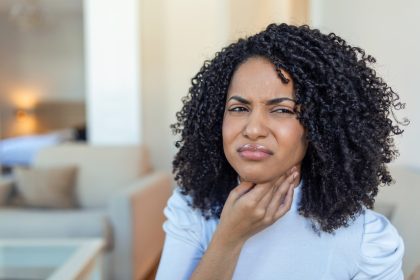Shopping can be pleasurable for many people, offering a temporary boost in mood and a sense of fulfillment. However, for some individuals, shopping can turn into an addiction, leading to significant negative consequences in their lives. Shopping addiction, also known as compulsive buying disorder, is a behavioral addiction characterized by an uncontrollable urge to shop, resulting in financial problems, emotional distress, and social issues. In this article, we will explore the signs and symptoms of shopping addiction, its causes, and potential solutions to help you determine if you or someone you know may be struggling with this condition.
Signs and symptoms of shopping addiction
Recognizing the signs of shopping addiction is the first step in addressing the problem. Here are some common indicators that you may have a shopping addiction:
- Frequent and unnecessary purchases:
- You find yourself buying items you don’t need or already have multiples of.
- Impulse buying is a regular occurrence, and you often feel an overwhelming urge to shop.
- Emotional spending:
- Shopping becomes a way to cope with negative emotions such as stress, anxiety, depression, or boredom.
- You experience a temporary high or relief when making a purchase, followed by feelings of guilt or regret.
- Financial problems:
- You are spending beyond your means, leading to debt, maxed-out credit cards, or borrowing money to fund your shopping habits.
- You neglect essential expenses such as bills, rent, or groceries to afford non-essential items.
- Hiding or lying about purchases:
- You feel ashamed or embarrassed about your shopping habits and often hide purchases from family or friends.
- You lie about how much you’ve spent or the frequency of your shopping trips.
- Obsessive thoughts about shopping:
- You constantly think about shopping, planning your next purchase, or browsing online stores.
- Shopping becomes a primary focus in your life, interfering with work, relationships, and other responsibilities.
- Loss of control:
- You have tried to cut back on shopping but find it difficult or impossible.
- You feel powerless over your urge to shop, even when you recognize its negative impact on your life.
Causes of shopping addiction
Several factors can contribute to the development of a shopping addiction. Understanding these causes can help identify the underlying issues and find practical solutions.
- Emotional and psychological factors:
- Low self-esteem, depression, anxiety, and loneliness can drive individuals to seek comfort and validation through shopping.
- The temporary pleasure from shopping can become a way to escape negative feelings or fill an emotional void.
- Social and cultural influences:
- Society often glorifies consumerism and equates material possessions with success and happiness.
- Social pressure to keep up with trends, peer influence, and targeted advertising can encourage excessive shopping.
- Biological factors:
- Some studies suggest that shopping addiction may be linked to imbalances in brain chemistry, similar to other types of addiction.
- The dopamine release during shopping can create a cycle of reward and reinforcement, making it challenging to break the habit.
Solutions and coping strategies
If you suspect you have a shopping addiction, it’s essential to take proactive steps to address the issue. Here are some strategies to help you regain control:
- Seek professional help:
- A therapist or counselor specializing in addiction can provide valuable support and guidance.
- Cognitive-behavioral therapy (CBT) is effective in addressing the underlying emotional and psychological factors of shopping addiction.
- Create a budget:
- Develop a realistic budget to manage your finances and stick to it.
- Track your spending to identify patterns and areas where you can cut back.
- Find alternative activities:
- Engage in hobbies and activities that provide joy and fulfillment without the need to shop.
- Exercise, meditation, and spending time with loved ones can help reduce the urge to shop.
- Limit exposure to triggers:
- Avoid situations and environments, such as malls or online shopping sites, that tempt you to shop.
- Unsubscribe from marketing emails and remove shopping apps from your devices.
- Build a support system:
- Share your struggles with trusted friends or family members who can offer encouragement and accountability.
- Join support groups or online communities for individuals dealing with shopping addiction.
Conclusion
Shopping addiction is a serious condition that can have significant consequences on your financial, emotional, and social well-being. By recognizing the signs and symptoms, understanding the underlying causes, and implementing effective coping strategies, you can take control of your shopping habits and lead a healthier, more balanced life. If you believe you may have a shopping addiction, seeking professional help is a crucial step towards recovery. Remember, acknowledging the problem is the first step towards overcoming it.
This story was created using AI technology.
















